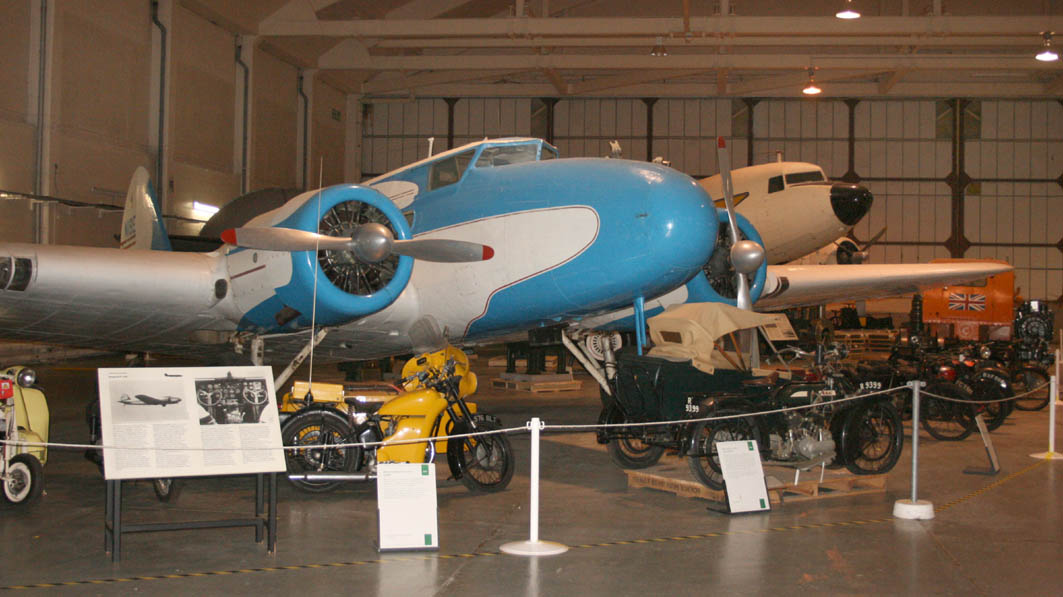
Boeing 247
 |
| There has to be major questionmarks over the wisdom of the UK Science Museum's acquisition of one of only four Boeing 247s remaining in the world. Despite being imported in the early 1980s, it has spent its entire time in store at Wroughton and is rarely visible to the general public, It is pictured next to its 1930s rival, a DC3 |
| Boeing's 247 was a revolution in air transport when it flew for the
first time on February 8, 1933, and is regarded as the prototype of the modern
airliner. Derived from the model 200 Monomail and 215 bomber, the all-metal 247 featured a clean cantilever wing, retractable undercarriage and accommodation for two pilots, a stewardess and ten passengers. This was at a time when biplanes were still the norm for moving passengers around the world. The type also introduced numerous innovations, including wing de-icing boots on all flying surfaces and the ability to climb on just one of its two 550hp Pratt and Whitney S1HH-1G Wasp radial piston engines. Sixty were ordered off the drawing board to equip Boeing Air Transport System, soon to become part of United Air Lines, and another 15 were ordered by other companies. The decision to concentrate production for one cutomer proved to be the downfall of the project, however, and Douglas was able to steal a march in orders it was not to lose with its DST, later DC3. One 247 was built for Roscoe Turner and Clyde Pangborn for the England to Australia MacRobertson air race and introduced streamlined NACA engine cowlings, to reduce drag, and controllable pitch propellers. These improvements were then incorporated on most existing 247s and the type was renamed 247D. Twenty-seven were impressed into USAAF service as C-73s in World War II and used as aircrew ferries. They returned to airlnes service in late 1944 but the type soon faded from service in the late 1940s. Another, designated 247Y, was fitted with two fixed forward-firing 0.5in (12.7mm) machineguns, plus one in a dorsal position on a flexible mount, and delivered to a customer in China. Only four still exist, three on display in museums in the US and Canada and one stored in the UK. |
| Contents | Photos and census | Update |